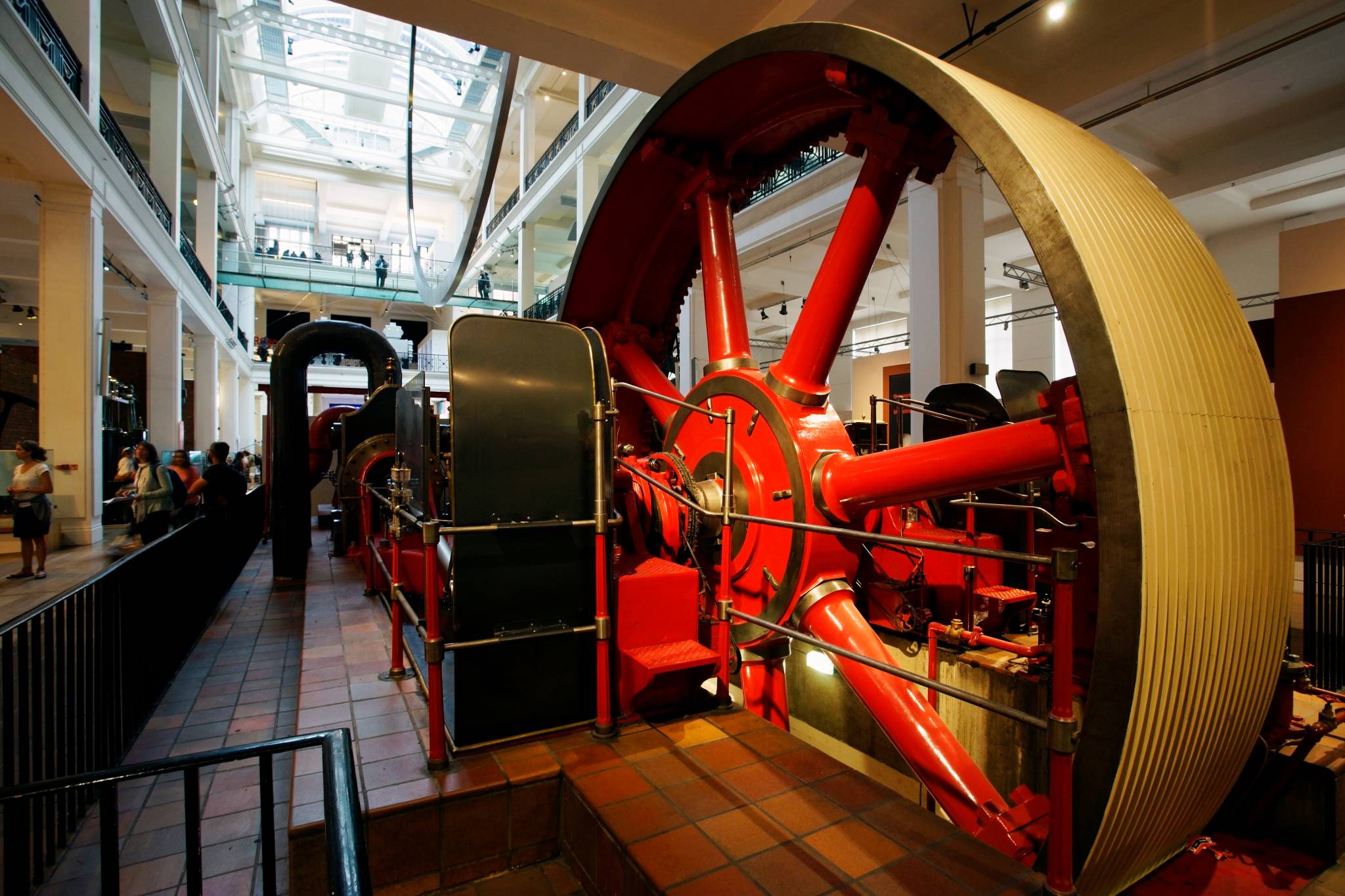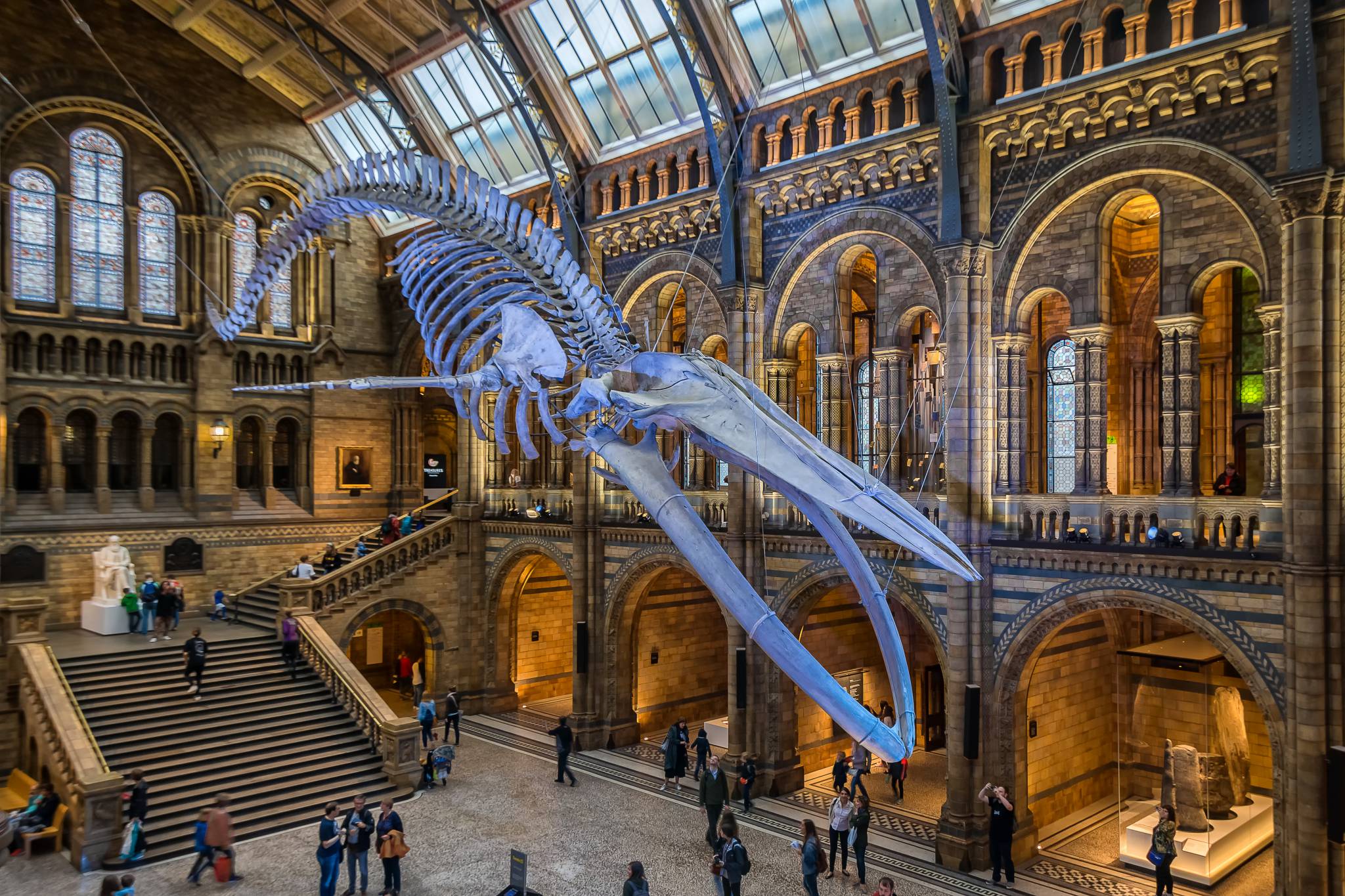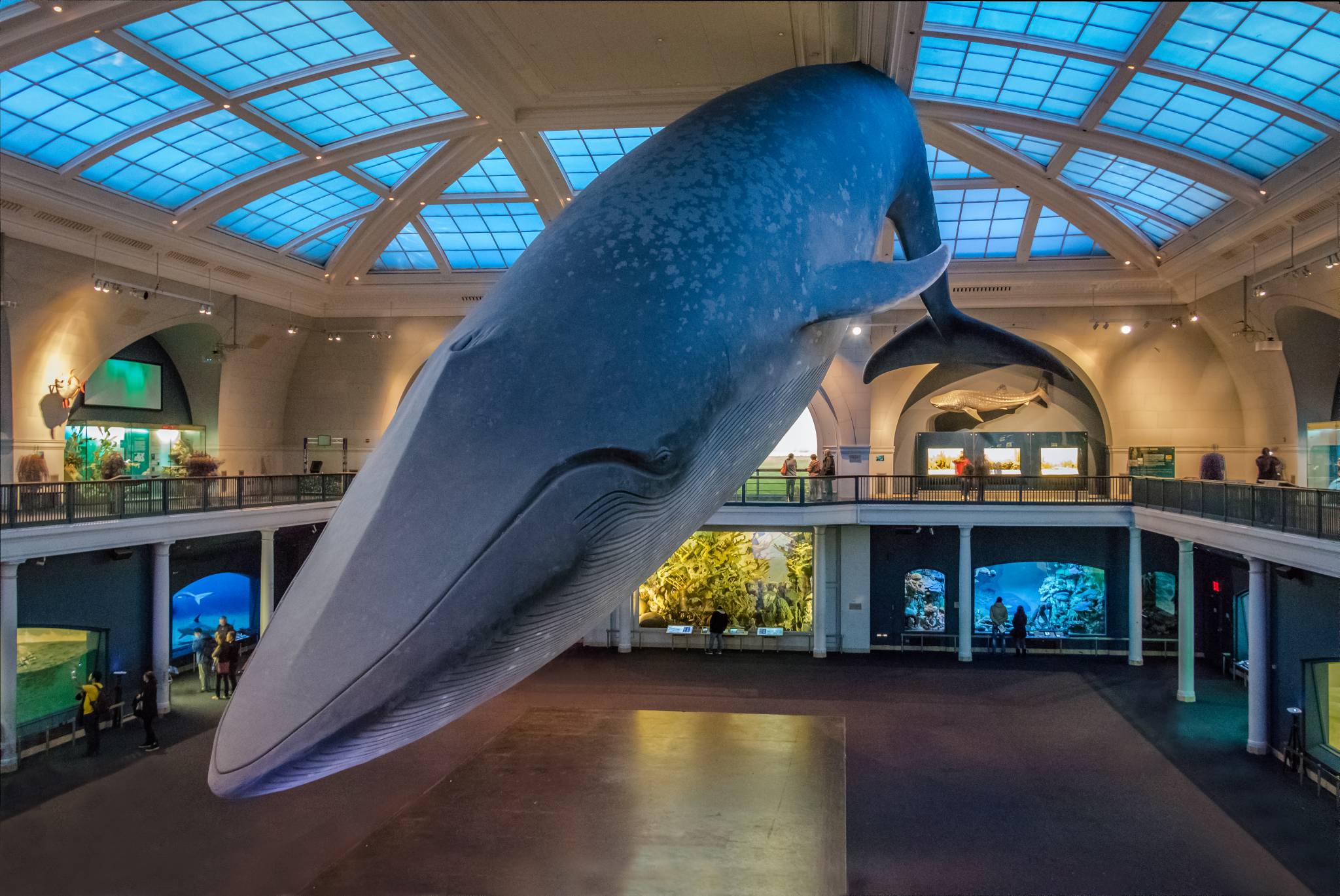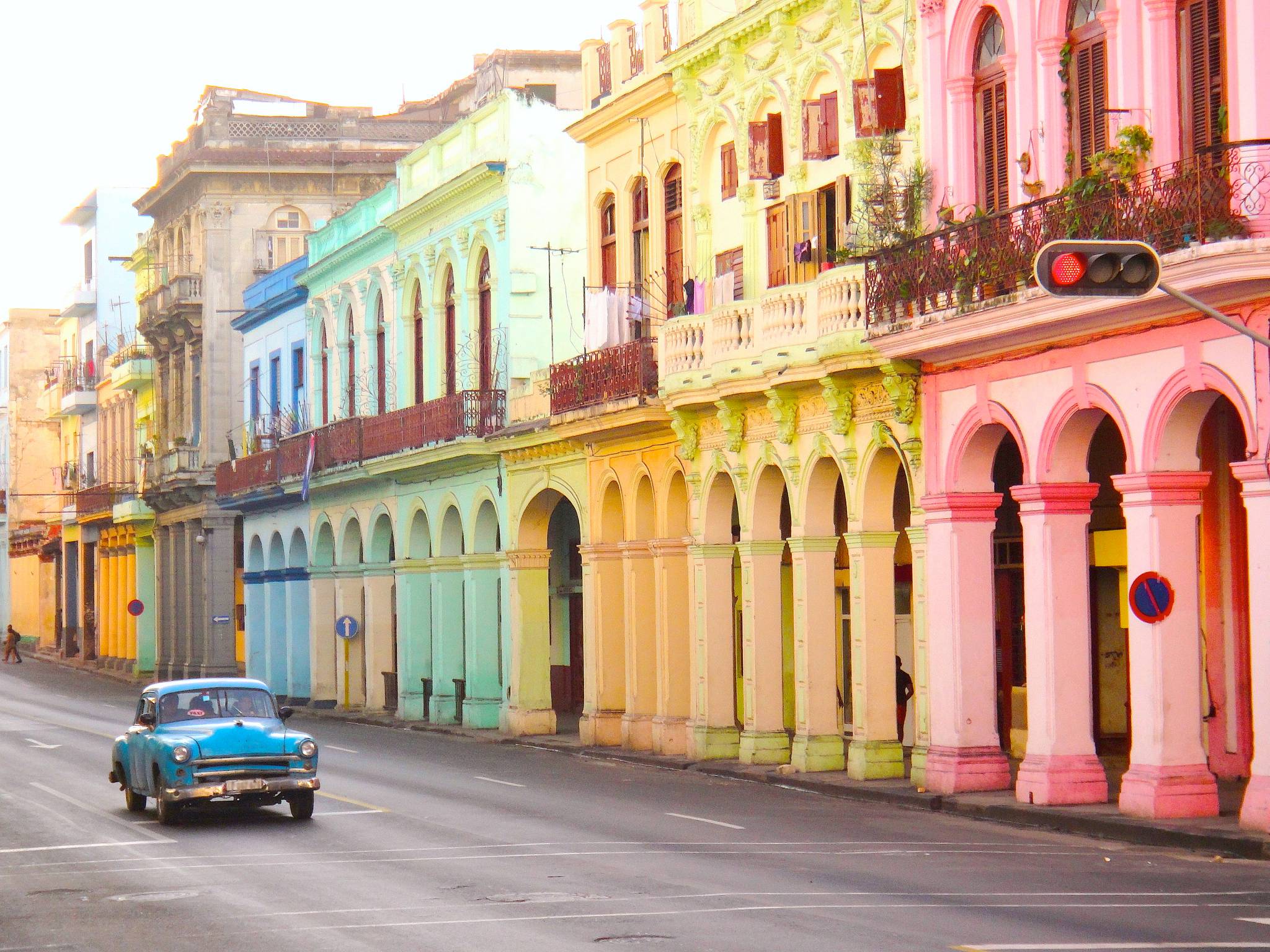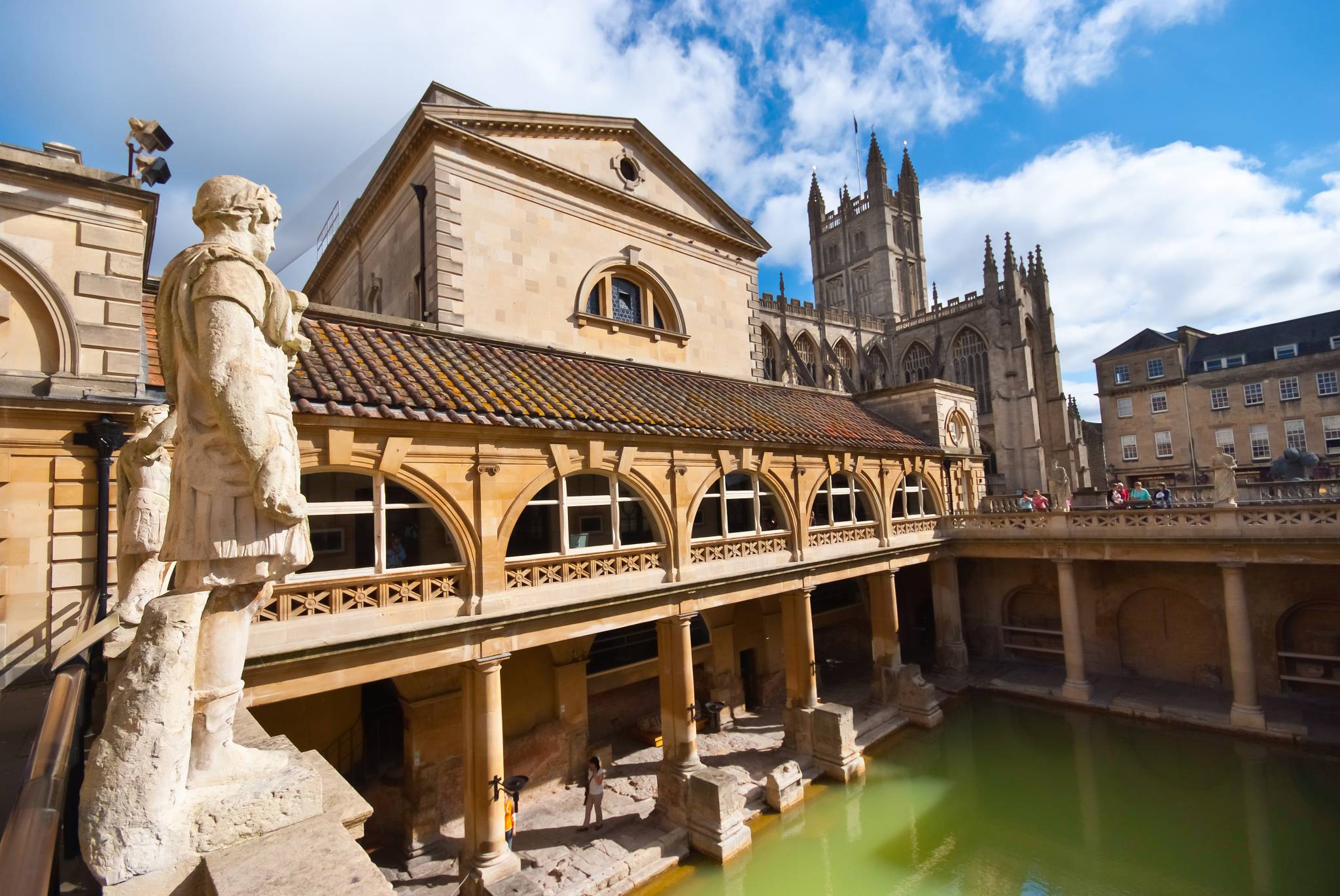One of the largest museums in the country, Tate Britain, should not be a place to be missed on your visit. The gallery is situated on the site of the former Millbank Prison. Since its opening in 1897 the museum housed both British and modern collection, but since the launch of Tate Modern, the gallery displayed only modern collections from the Tate network of galleries. Download the Tate Britain Travel Guide and Offline Map to get to more about this iconic museum.
1. Ophelia by Sir John Everett Millais
Millais’ depiction of the Shakespearean heroine is almost as iconic as the museum that houses it. It captures the moment from Hamlet when Ophelia goes mad after discovering that her lover has murdered her father and drowns herself in a stream. The model fo the painting, Elizabeth Siddal was required to pose over a period of four months, lying in a bath of water.
2. Chair by Allen Jones
Ever since the launch of the British pop artist’s controversial ‘furniture’ series in 1970, it has since caused outrage for its fetishisation of the female body. The Chair, along with the Table and Hat Stand, presents full-sized, busty mannequins in erotic poses. Some people claim that it symbolizes female oppression, while others view it as an important object in the canon of art history.
3. The Angel Standing in the Sun by JMW Turner
As Turner became preoccupied with the notions of death during his final years, he became fascinated with biblical stories of righteous retribution. The painting combines his glorious mastery of light and color. The painting showcases Archangel Michael wielding his sword, ready to smite the sinners below.
Learn more about other destinations that offer unique experiences by checking out eTips.









